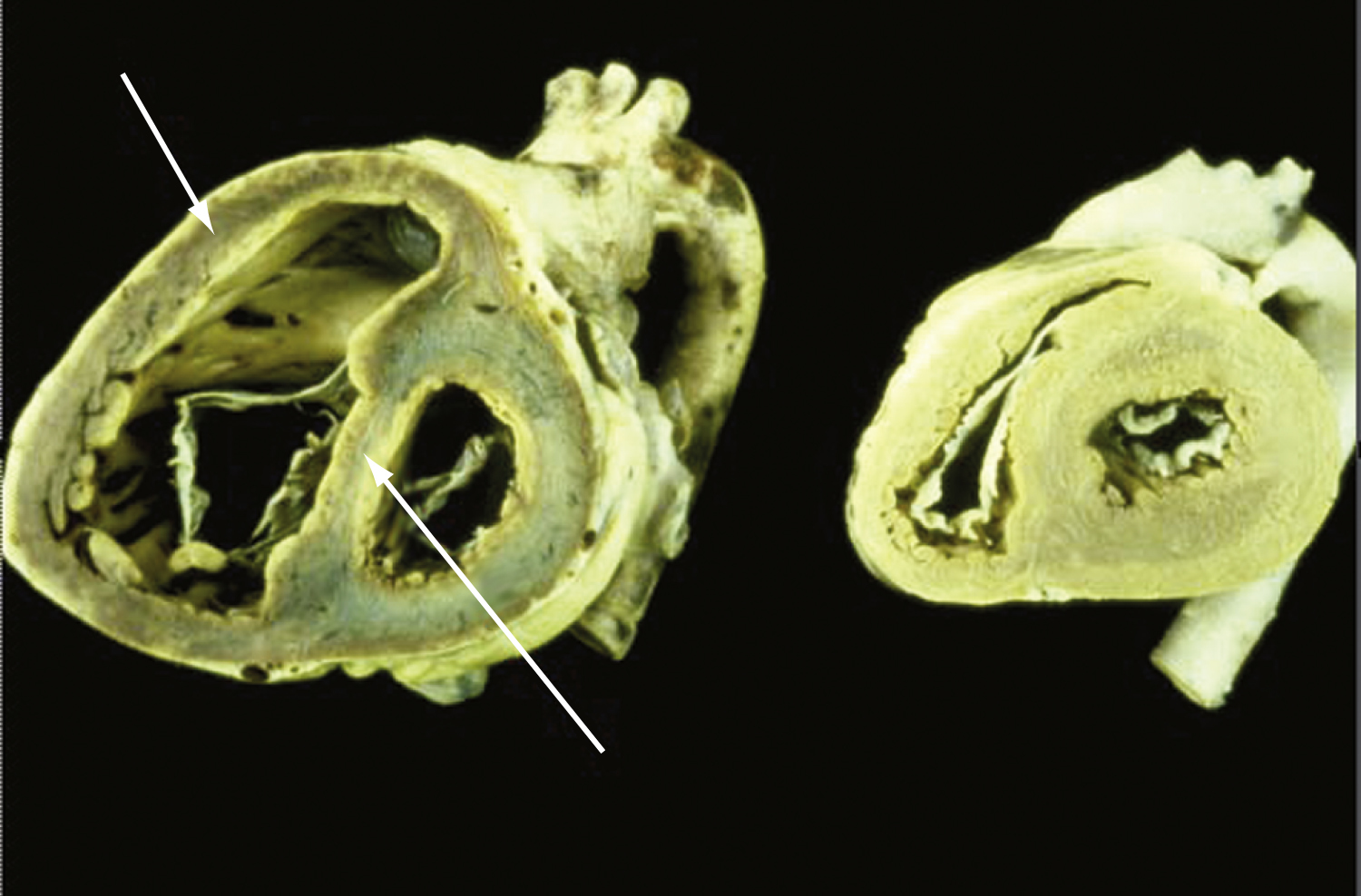hypertension /-ten″shən/ [Gk, hyper + L, tendere, to stretch] , a common disorder that is a known cardiovascular disease risk factor, characterized by elevated blood pressure over the normal values of 120/80 mm Hg in an adult over 18 years of age. This elevation in blood pressure can be divided into three classes of hypertension. Prehypertension describes blood pressure measurements of greater than 120 mm Hg systolic or 80 mm Hg diastolic and less than 130 mm Hg systolic or 90 mm Hg diastolic. Persons exhibiting prehypertension are encouraged to explore lifestyle modifications to lower blood pressure, but blood-pressure lowering agents are not generally prescribed without compelling indications. The second classification of hypertension is Stage 1 hypertension and is defined by a blood pressure of over 130 mm Hg systolic or 90 mm Hg diastolic but less than 160 mm Hg systolic or 100 mm Hg diastolic. Patients with Stage 1 hypertension are also encouraged to make lifestyle modifications, and initial drug therapy may include thiazide-type diuretics, ACE inhibitors, calcium channel blockers, beta-blockers, and angiotensin-receptor blockers, or a combination of these. Stage 2 hypertension is defined by a blood pressure greater than 160 mm Hg systolic or 100 mm Hg diastolic. Persons with Stage 2 hypertension are encouraged to make lifestyle modifications. Two-drug combination therapies (of thiazide-type diuretics, ACE inhibitors, calcium channel blockers, beta-blockers, and angiotensin-receptor blockers) are indicated for these patients. Essential hypertension, the most common kind, has no single identifiable cause, but risk for the disorder is increased by obesity, a high serum sodium level, hypercholesterolemia, and a family history of high blood pressure. Known causes of secondary hypertension include sleep apnea, chronic kidney disease, primary aldosteronism, renovascular disease, chronic steroid therapy, Cushing’s syndrome, pheochromocytoma, coarctation of the aorta, and thyroid or parathyroid disease. The incidence of hypertension is higher in men than in women and is twice as great in African-Americans as in Caucasians. People with mild or moderate hypertension may be asymptomatic or may experience suboccipital headaches, especially on rising; tinnitus; lightheadedness; ready fatigability; and palpitations. With sustained hypertension, arterial walls become thickened, inelastic, and resistant to blood flow, and the left ventricle becomes distended and hypertrophied as a result of its efforts to maintain normal circulation against the increased resistance. Inadequate blood supply to the coronary arteries may cause angina or myocardial infarction. Left ventricular hypertrophy may lead to congestive heart failure. Malignant hypertension, characterized by a diastolic pressure higher than 120 mm Hg, severe headaches, blurred vision, and confusion, may result in fatal uremia, myocardial infarction, congestive heart failure, or a cerebrovascular accident. Patients with high blood pressure are advised to follow a diet low in sodium and saturated fat; to control obesity by reducing caloric intake; to exercise; to avoid stress; and to have adequate rest. Also called high blood pressure. See also blood pressure.

